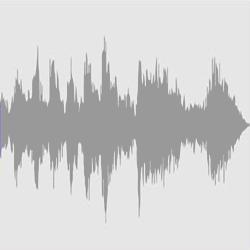The first medical news today:
Perhaps, you already are familiar with the term “Venous thromboembolism,” especially in connection with “Deep vein thrombosis (DVT)” and “Pulmonary embolism (PE).”
The American guideline for the prevention, detection and treatment of venous thromboembolism has been updated.
This guideline applies also in several other countries or at least is used as a model for the local guideline.
There are over 200 recommendations in this guideline. Not all have been updated.
However, some of the updates are of particular interest for doctors.
…
The second medical news today:
Sepsis is a generalised bacterial infection. In other words, living bacteria are found in the human bloodstream.
Shock—in medicine—is a generalised poor oxygen supply to several important organs and important parts of the human body.
Patients with septic shock are seriously ill.
It is to be expected that many of them unfortunately will die, even with the best treatment.
Therefore, any improvement in the treatment of septic shock will mean many lives saved.
However, the treatment of septic shock in an intensive care unit is complicated.
For the last 20 years, there has been a debate within specialists for intensive care medicine whether this complicated treatment should include also steroids.
This debate exists because the additional administration of steroids can be both beneficial and disadvantageous during the treatment of a septic shock.
This debate continued in 2018, because two large clinical trials about the additional administration of steroids in patients with septic shock showed contradictory results.
Post
Medicine – New guideline for venous thromboembolism/Steroids for septic shock
Podcast
News from the World of Medicine









